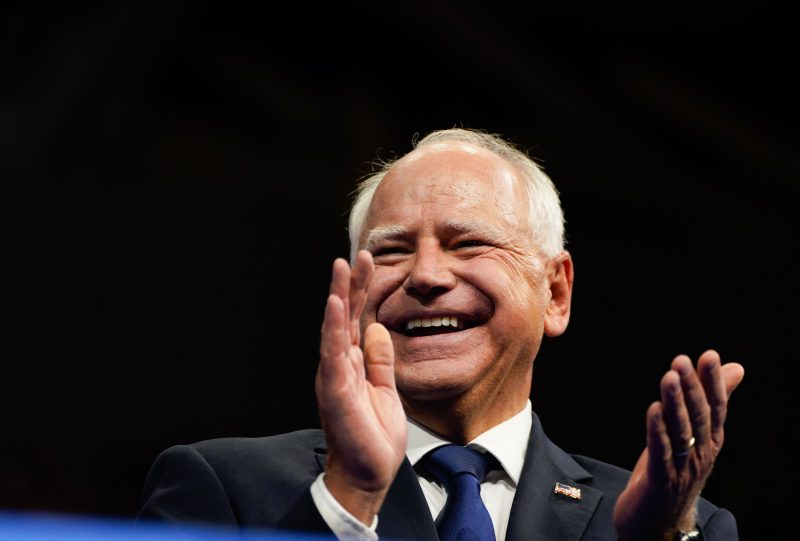Tim Walz: The Rahm Emanuel Democrat Who Became a Nancy Pelosi Democrat
The political journey of Tim Walz represents a fascinating evolution within the Democratic Party. Initially viewed as a Rahm Emanuel Democrat, Walz’s trajectory mirrors the shifting dynamics within the party towards a more progressive stance under the leadership of figures like Nancy Pelosi. This transition highlights the complexities and nuances of political ideologies and the influence of key figures within a party.
Walz’s early identification as a Rahm Emanuel Democrat is rooted in his moderate and pragmatic approach to governance. Emanuel, known for his centrist policies and focus on political practicality, represented a different era within the Democratic Party. Walz, a former high school teacher and Army National Guard veteran, exemplified a blue-collar ethos that resonated with constituents in Minnesota’s rural areas.
During his time in Congress, Walz prioritized issues such as veterans’ rights, agriculture, and education, reflecting his constituency’s concerns in southern Minnesota. His ability to connect with voters across party lines made him a unique figure in the increasingly polarized political landscape. Walz’s reputation as a bipartisan collaborator was a defining feature of his early political career.
However, as the Democratic Party underwent a gradual shift towards a more progressive platform, Walz found himself adapting to the changing tide. The rise of figures like Nancy Pelosi, who championed progressive policies and social justice causes, signaled a new direction for the party. Walz, attuned to the evolving dynamics within his party, began aligning himself with this emerging ethos.
Walz’s transformation into a Nancy Pelosi Democrat marked a significant turning point in his political trajectory. Embracing issues such as healthcare reform, climate change, and income inequality, Walz positioned himself as a proponent of progressive values. His voting record in Congress reflected a shift towards supporting legislation that aligned with Pelosi’s vision for the party.
The evolution of Tim Walz’s political identity underscores the malleability of ideologies within the Democratic Party. As the party grapples with internal divisions and ideological tensions, figures like Walz navigate a complex landscape where adaptability is key to staying relevant. Balancing the demands of his constituents with the evolving priorities of his party, Walz exemplifies the challenges faced by centrist Democrats in an era of increasing polarization.
In conclusion, Tim Walz’s journey from a Rahm Emanuel Democrat to a Nancy Pelosi Democrat encapsulates the broader transformation occurring within the Democratic Party. As the party continues to redefine its identity and policy priorities, figures like Walz serve as a microcosm of the ideological shifts underway. By adapting to changing political currents while maintaining his commitment to his constituents, Walz illustrates the complexities of navigating a dynamic political landscape.
